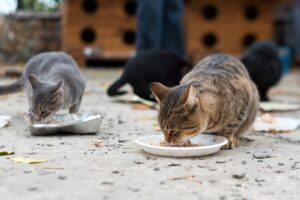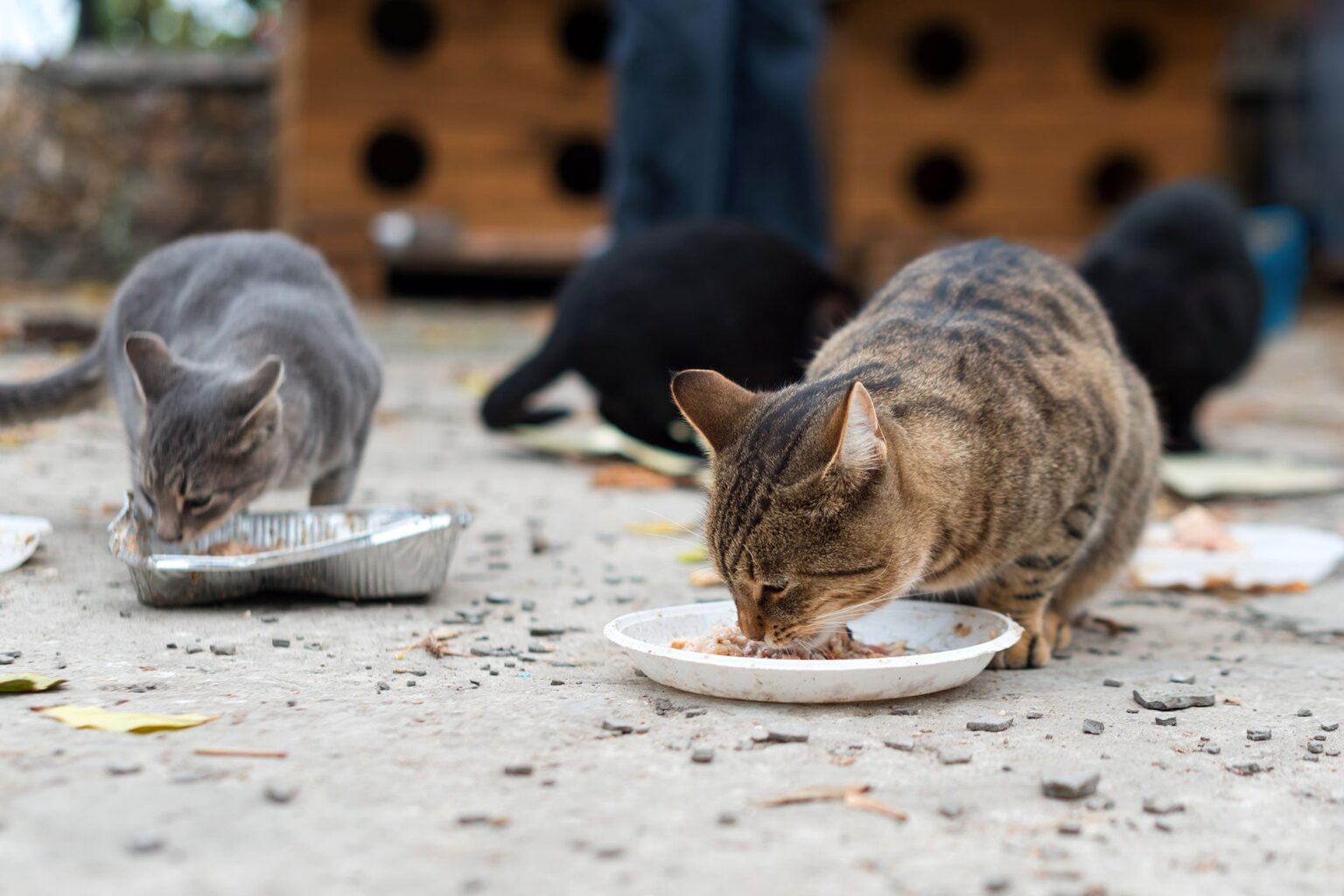While cattle who contract highly pathogenic avian influenza have reportedly experienced nonspecific illnesses that include decreased feed intake, rumination, and milk production, most of these cattle recover in two to three weeks with supportive care.
Infections in humans have been been a significant factor, with one dairy worker who contracted HPAI only experienced mild symptoms. Meanwhile, HPAI has proven highly contagious and often deadly in poultry and barn cats on an impacted north Texas dairy.
According to the Centers for Disease Control and Prevention, the bodies of two deceased adult domestic shorthaired cats were found and examined postmortem. While the cats had no signs of injury, they were from a resident population of about 24 domestic cats fed raw milk from sick cows.
Clinical signs of sick cattle were noted on March 16, and the cats became sick on March 17, dying in clusters between March 19 and 20. Overall, the CDC reports that over half of the cats at the dairy eventually became ill and died.
Tests of the samples collected from the brains and lungs of dead cats yielded results suggesting “high amounts of virus.” Autopsies of the cats also revealed “microscopic lesions consistent with severe systemic virus infection,” they said, including to the eye and brain.
While the spread of the virus from cows to cats through raw milk is new, cats have long been known to scientists as one of the species especially vulnerable to severe disease from H5N1. Reports of cats suffering from neurological disease or death have been reported on farms with HPAI virus outbreaks.
Conversely, the National Veterinary Medicine Association only reports about 10 percent of cattle herds infected had developed symptoms.
HPAI viruses can be transmitted by wild birds to domestic poultry and other bird and animal species. Although bird flu viruses do not usually infect humans, sporadic human infections have occurred, and now, it is believed that cow-to-cow infections may also occur.
The Food and Drug Administration says that it’s important to note that “highly pathogenic” refers to severe impact in birds, not necessarily in humans.

The commercial milk and beef supply remains safe
The U.S. Department of Agriculture, FDA, and CDC have confirmed there are no current safety concerns regarding the commercial milk supply. The spread of HPAI in dairy herds does not pose a particular health risk more generally to consumers.
Meanwhile, state and federal guidelines exist to ensure the safety of dairy and meat products. It is standard practice for dairies to process milk for human consumption exclusively from healthy animals, with any milk from animals affected by health issues being diverted from the food supply.
And, of course, pasteurization, a mandatory step for all milk entering interstate commerce, effectively eliminates pathogens, including viruses such as influenza. In addition, initial testing by the National Veterinary Services Laboratories has not found changes to the HPAI virus in dairy cattle that would make it more transmissible to humans.
“While this finding of HPAI in dairy cattle is concerning for the health of those animals and their production in the herd, it is crucial to remember that according to the USDA, FDA, and CDC, the risk to our food supply and the public more broadly remains low,” says Rena Carlson, DVM, president of the AVMA.


